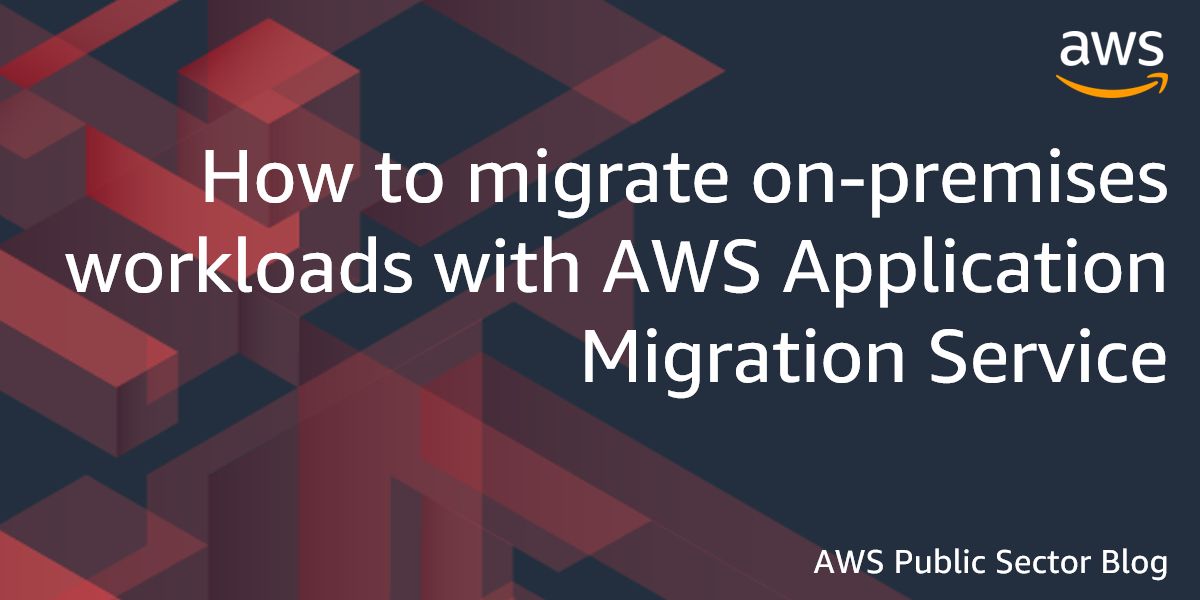AWS Public Sector Blog
Category: Amazon VPC
Streamlining digital transformation in German healthcare with AWS
Healthcare organizations worldwide are leveraging Amazon Web Services (AWS) and partner solutions to modernize, transform, and innovate their businesses. Ensuring the availability and security of critical applications is paramount. For example, two renowned German medical facilities, Fachklinikum Mainschleife and Max Grundig Klinik, needed to modernize their IT infrastructure to comply with stringent regulatory requirements outlined in the country’s Law for Accelerating the Digitalization of Healthcare (DigiG). Reliable and compliant service offerings from AWS enabled the medical facilities to provide reliable access to essential systems.
Fine-tuning an LLM using QLoRA in AWS GovCloud (US)
Government agencies are increasingly using large language models (LLMs) powered by generative artificial intelligence (AI) to extract valuable insights from their data in the Amazon Web Services (AWS) GovCloud (US) Regions. In this guide, we walk you through the process of adapting LLMs to specific domains with parameter efficient fine-tuning techniques made accessible through Amazon SageMaker integrations with Hugging Face.
Building compliant healthcare solutions using Landing Zone Accelerator
In this post, we explore the complexities of data privacy and controls on Amazon Web Services (AWS), examine how creating a landing zone within which to contain such data is important, and highlight the differences between creating a landing zone from scratch compared with using the AWS Landing Zone Accelerator (LZA) for Healthcare. To aid explanation, we use a simple healthcare workload as an example. We also explain how LZA for Healthcare codifies HIPAA controls and AWS Security Best Practices to accelerate the creation of an environment to run protective health information workloads in AWS.
Connectivity patterns between AWS GovCloud (US) and AWS commercial partition
AWS GovCloud (US) was architected to have isolation (both physically and logically) from other AWS partitions for compliance. For this reason, AWS services, used to privately interconnect virtual private cloud (VPC) hosted resources within the same partition like AWS PrivateLink, Amazon Virtual Private Cloud (Amazon VPC) peering, or AWS Transit Gateway peering, cannot span from AWS GovCloud (US) to commercial Regions natively by design. In this post, we will highlight four connectivity patterns customers can use to interconnect VPC hosted systems cross partition.
The benefits of running controlled substance databases with AWS
Healthcare authorities and providers use state-run controlled substance databases (CSDs) to track prescriptions and identify patients for substance abuse. CSDs help evaluate treatment options, screen patients who may be at risk for drug abuse problems, and make informed decisions about prescribing medication. This post explains how healthcare authorities can leverage CSD data to enhance their decision-making processes within business operations by using Amazon Web Services (AWS).
Creating AWS CloudFormation templates for AWS Ground Station DigIF workloads
Amazon Web Services (AWS) Ground Station has many different parameters and options to choose from when creating a contact and setting up data delivery. For this reason, it is advised that infrastructure as code (IaC) is used. This post is the first of a two-part tutorial that provides an overview of the resources required to create AWS CloudFormation templates for Digital Intermediate Frequency (DigIF) workloads, using AWS Ground Station to transmit data between the satellite and AWS Cloud environment.
Eutelsat increases service availability by migrating to AWS
Eutelsat Group, the world’s first satellite operator to provide an integrated geosynchronous equatorial and low-Earth orbit (GEO-LEO) infrastructure, recently migrated their existing on-premises commercial Hadoop cluster to Amazon Web Services (AWS). Read this blog post to learn how Eutelsat reduced licensing costs by 50 percent, increased service availability to more than 99.8 percent, and decreased incidents after the migration.
Dr. B helps with equitable vaccine distribution using AWS
Healthcare organization Dr. B launched to get as many COVID-19 vaccines into as many arms as possible. To achieve its mission to make access to care—specifically the COVID-19 vaccine—more efficient and equitable, the company created a serverless solution built on Amazon Web Services (AWS).
How to migrate on-premises workloads with AWS Application Migration Service
AWS Application Migration Service (MGN) is a highly automated lift-and-shift solution, which works by replicating your on-premises (physical or virtual) and/or cloud servers into your AWS account. When you’re ready, AWS MGN automatically converts and launches your servers on AWS so you can quickly benefit from the cost savings, productivity, resilience, and agility of the cloud. This guide teaches you how to migrate a content management system platform (CMS), based on an example with WordPress, running on a simulated on-premises environment to AWS Cloud, using MGN.
How one Caribbean university digitally transformed and saved money by migrating to the cloud
Moving to AWS helped The University of the West Indies, Open Campus (UWIOC) improve performance of systems and operational efficiency while optimizing costs. Learn how UWIOC migrated more than 70 virtual machines, 10 applications, and five networks, plus their Moodle learning management system (LMS) and the UWIOC website, while saving 50 percent total cost of ownership along the way.









